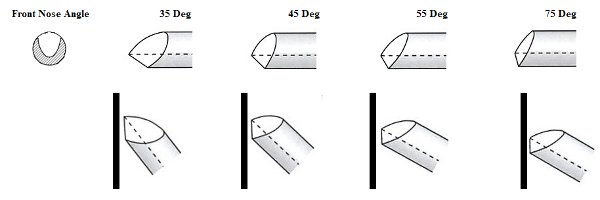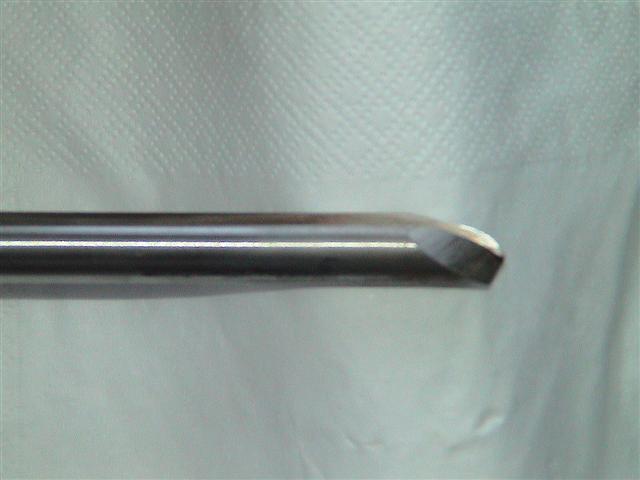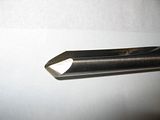Lightweeder
Established Member
I'm still trying to get decent edges on my tools and have had another go with my Tru-Grind. I can sharpen my spindle gouges by hand :? but I'm a bit in awe of the bowl gouge. I've got a passable edge on it, but it's quite vicious and catchy. I'm sweeping the wings back a bit more each time, and it's helping, but if I keep going, I'll have a similar profile to my spindle gouges. What is the preferred approach to the wings, please.











